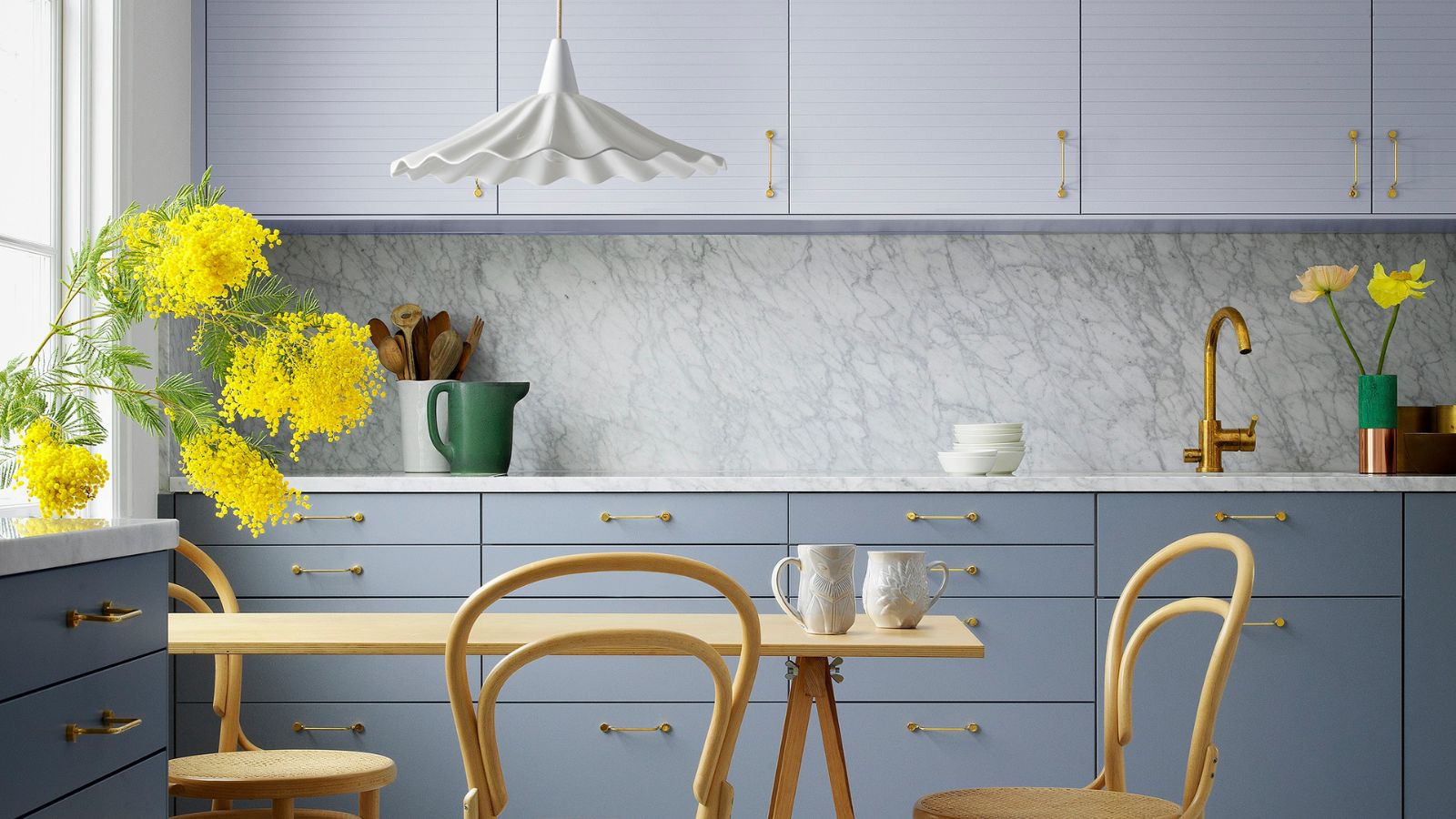
Your home should be your sanctuary – a place to recharge and focus on your well-being. But what if the items in your home are working against your health?
Here, our experts reveal the five surprisingly toxic items hidden in plain sight that you should swap out ASAP, including certain fabrics and plug-in air fresheners. Some of these common items may seem harmless, but non-toxic swaps will serve you much better.
Our panel of health and wellness professionals share the non-toxic home essentials that will help keep you and your home healthy.
Secretly toxic things in your home you need to get rid of now
It's easy to make a home less toxic, and banishing these five things from your space is the perfect start.
1. Certain fabrics

Our homes are full of fabrics. They are unavoidable if you want to curate cozy, livable spaces. Did you know, however, that there are several bedding materials to avoid and you need to be on the lookout when choosing furniture to avoid toxic chemicals?
Lauren Riddei, healthy home and wellness interior designer and certified building biologist, CEO Haus Holistics explains, ‘In the world of interior design, fabric upholstery is a big deal. Yet most homeowners aren’t considering the health implications behind their fabric selections. Sure, the fabrics coordinate, but are they healthy for you and your family?
'Since the rise of synthetic fabrics and textiles, the majority of clothing, bedding, and home wares are made of petroleum-based plastic fibers, infused with chemicals such as flame retardants, BPA, and PFAS. Interestingly, there has been a rise in allergic dermatitis, infertility, obesity, inflammation, and many other chronic diseases in the human population since the spread of polyester clothing in the 1960’s.’
Lauren highly recommends introducing natural materials into your decor scheme instead, She shares, ‘I opt for natural latex foam, organic wool batting, and 100% organic cotton, linen, wool, jute, and hemp. Not only are natural materials and fabrics unrivaled in terms of comfort and sustainability; but they are more breathable for our bodies and healthier for our indoor air quality.’
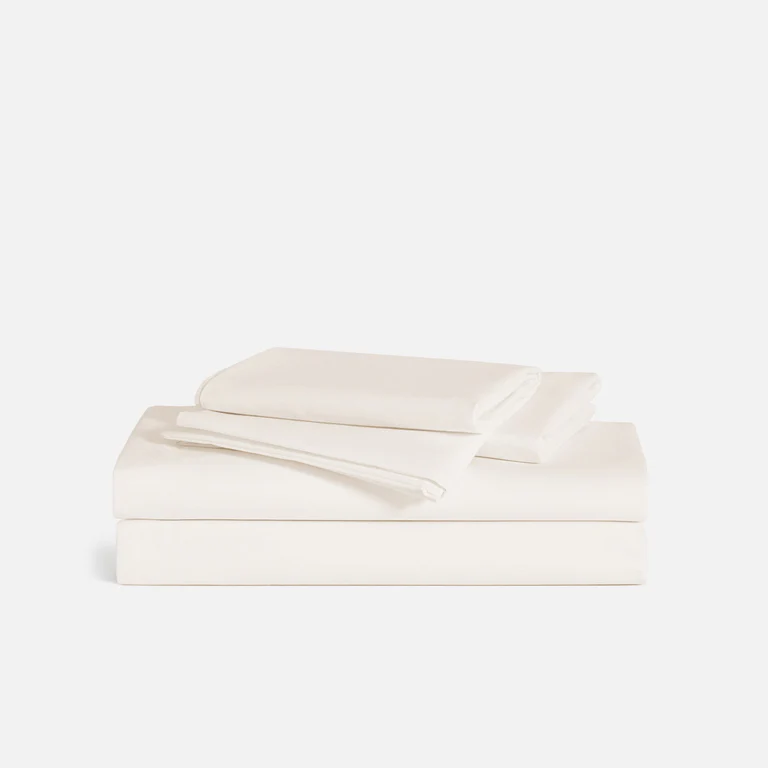
Made with 100% Long-Staple Cotton, this complete bedding set comes with a flat sheet, a fitted sheet and two pillowcases.
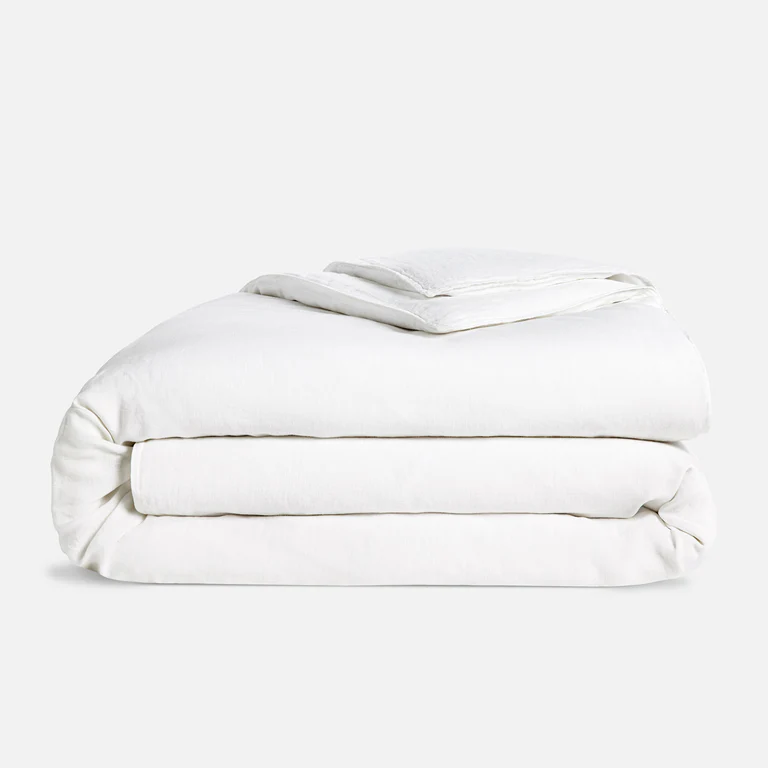
Pair this 100% linen duvet cover with a down feather duvet or comforter for a cloud-like non-toxic bed.
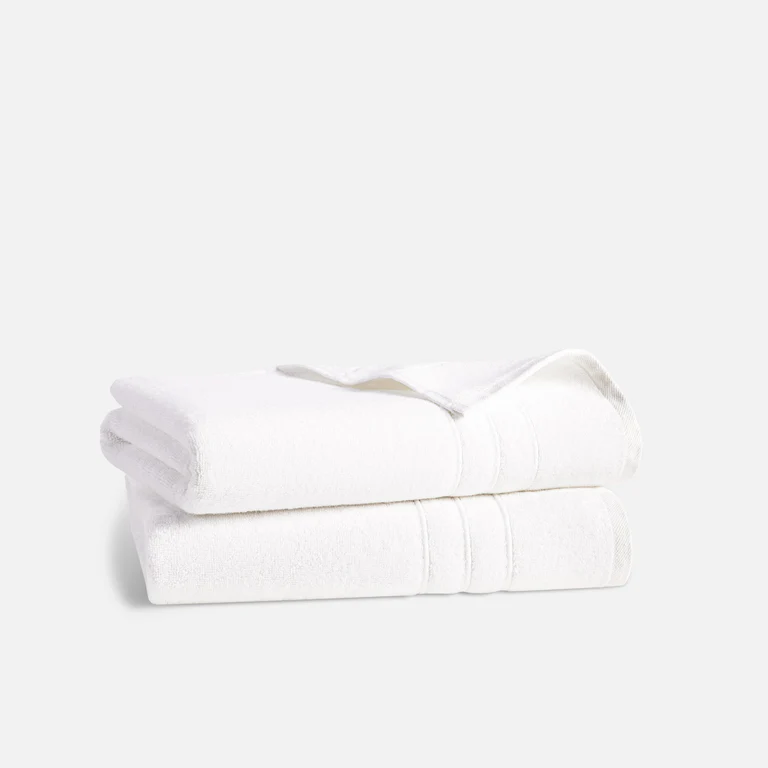
Don't forget about your towels. Switch to 100% cotton towels for a luxury spa bathroom experience without chemicals that can damage your skin barrier.
2. Plastic containers and water bottles
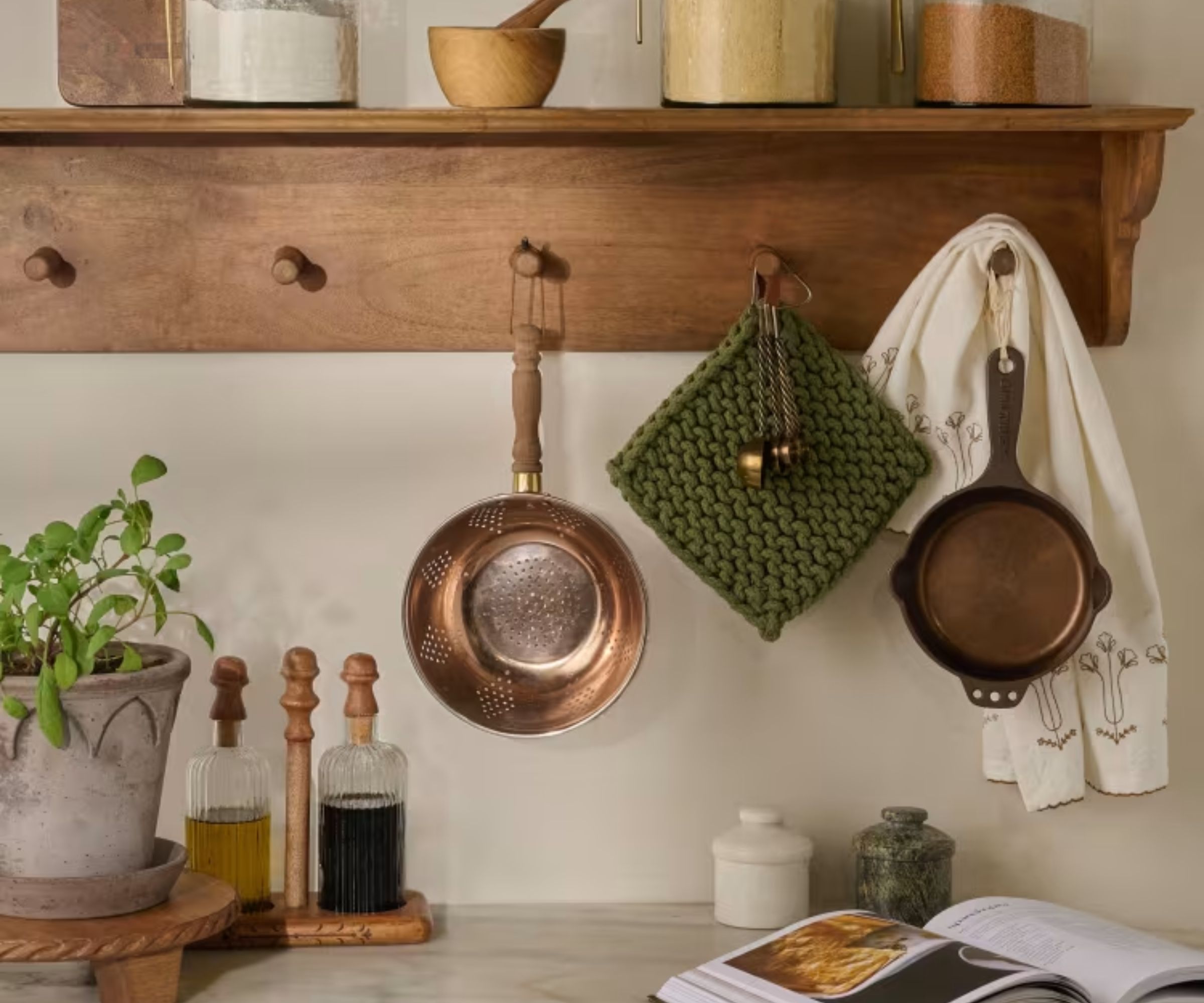
The kitchen is one of the worst areas of a home for toxicity with the main offenders being plastic containers, black plastic tools, and bottles.
Tracee Yablon Brenner, RD, CLT, HHC, a registered dietitian nutritionist at Holy Name Medical Center says, ‘There is emerging research that the chemicals in plastics are known to disrupt hormones, cause developmental issues, associated with thyroid gland abnormalities and hyperactivity of the thyroid gland and may increase cancer risk.
'The plastics can leach out when hot foods are put in the containers or if plastic water bottles are stored in the heat plastic can leach out into the water or food.’
Brenner says there are two main categories of offender:
- BPA and BPS plastic: Common in water bottles and plastic containers, these endocrine disrupters can penetrate into food and beverages.
- PVC (Polyvinyl Chloride): Commonly found in food packaging, such as salad dressing containers, foil, plastic cups, trays and lids shower curtains, and vinyl flooring. PVC releases dangerous chemicals especially when heated such as phthalates and dioxins.
To avoid them, Tracee says, ‘Use glass, stainless steel, or bamboo for food storage as they don't have harmful chemicals like BPA, phthalates, and PVC. A popular alternative to plastic food wraps are beeswax wraps or silicone lids.’
It is also a good idea to switch to wooden kitchen utensils, too, replacing black plastic tools.
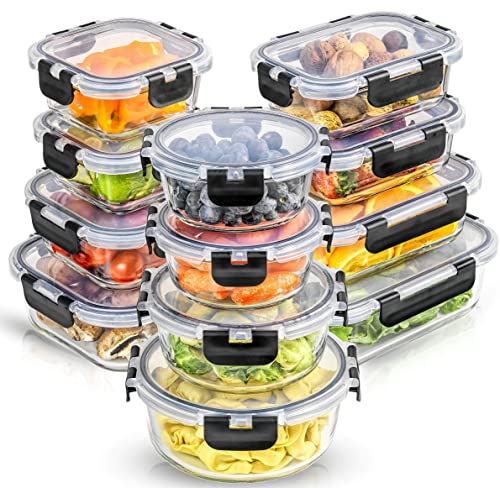
These glass storage containers with lids are perfect for food prep and leftovers as they are safe for the oven, fridge, freezer, and microwave.
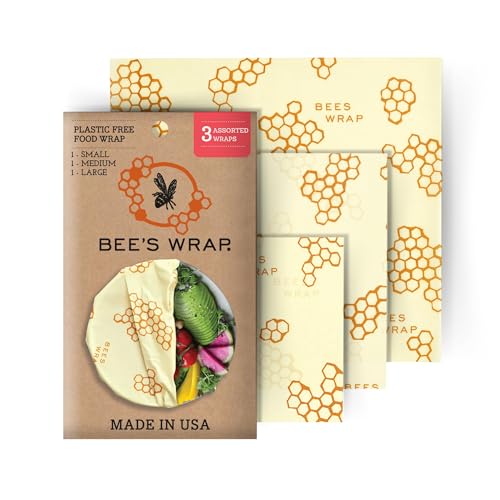
With small, medium, and large wraps in the pack, these are the best alternative to plastic wrap when looking to make a kitchen a little less toxic.
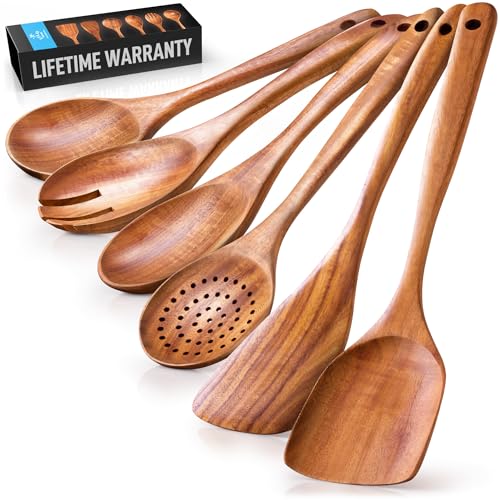
Wooden utensils do not leech chemicals into your food when heated or scratch non-stick pans, limiting your exposure to dangerous chemicals when cooking.
3. Non-stick cookware
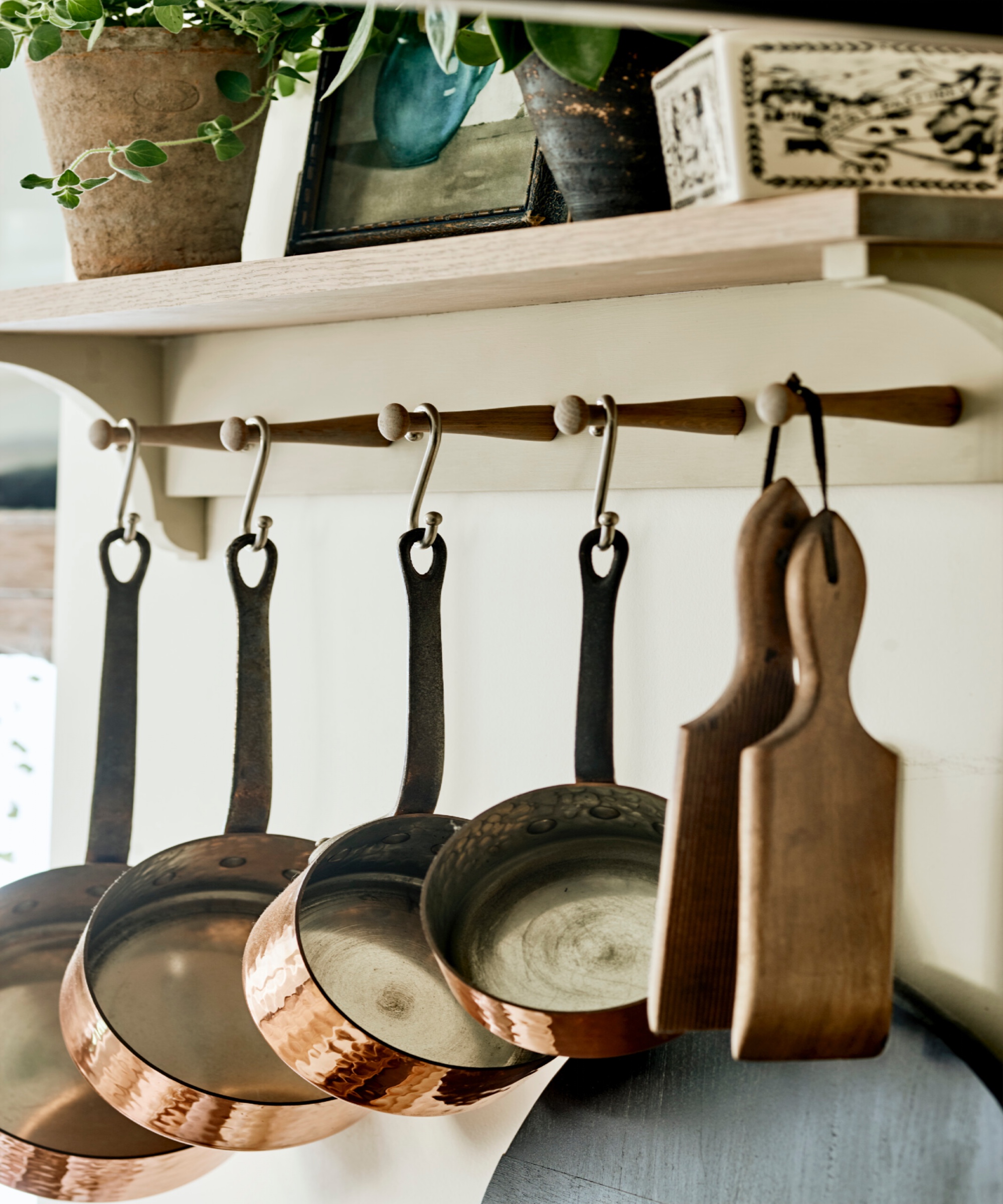
Should you buy non-stick cookware? Experts now suggest that they are the most common cause of toxicity in your kitchen.
Adria Marshall, founder of Ecoslay explains, ‘Teflon-coated or Nonstick Cookware often contains per- and polyfluoroalkyl substances (PFAS), which can release toxic fumes when heated. These chemicals are linked to endocrine disruption, cancer, and can persist in the environment.’
Instead, Adria says, ‘Transition to alternatives such as cast iron, stainless steel, or ceramic cookware [which are among some of the best non-toxic kitchen appliances]. Not only are they free of harmful coatings, but they are also durable and naturally nonstick when adequately seasoned like cast iron.’
Don’t wait for the signs it’s time to replace your pots and pans – replace them sooner rather than later to keep you and your family healthy.
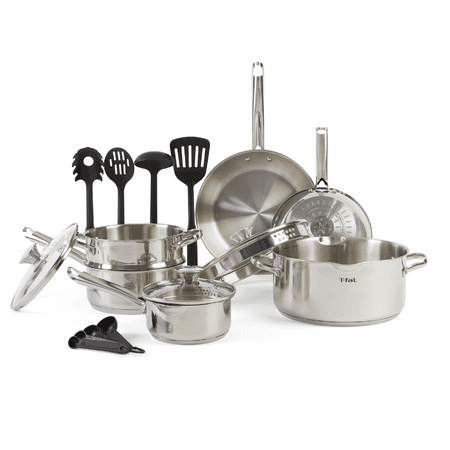
Stainless steel is one of the best options for cookware. It heats evenly, is not coated with chemicals, and is easy to keep clean.
4. Scented plug-ins
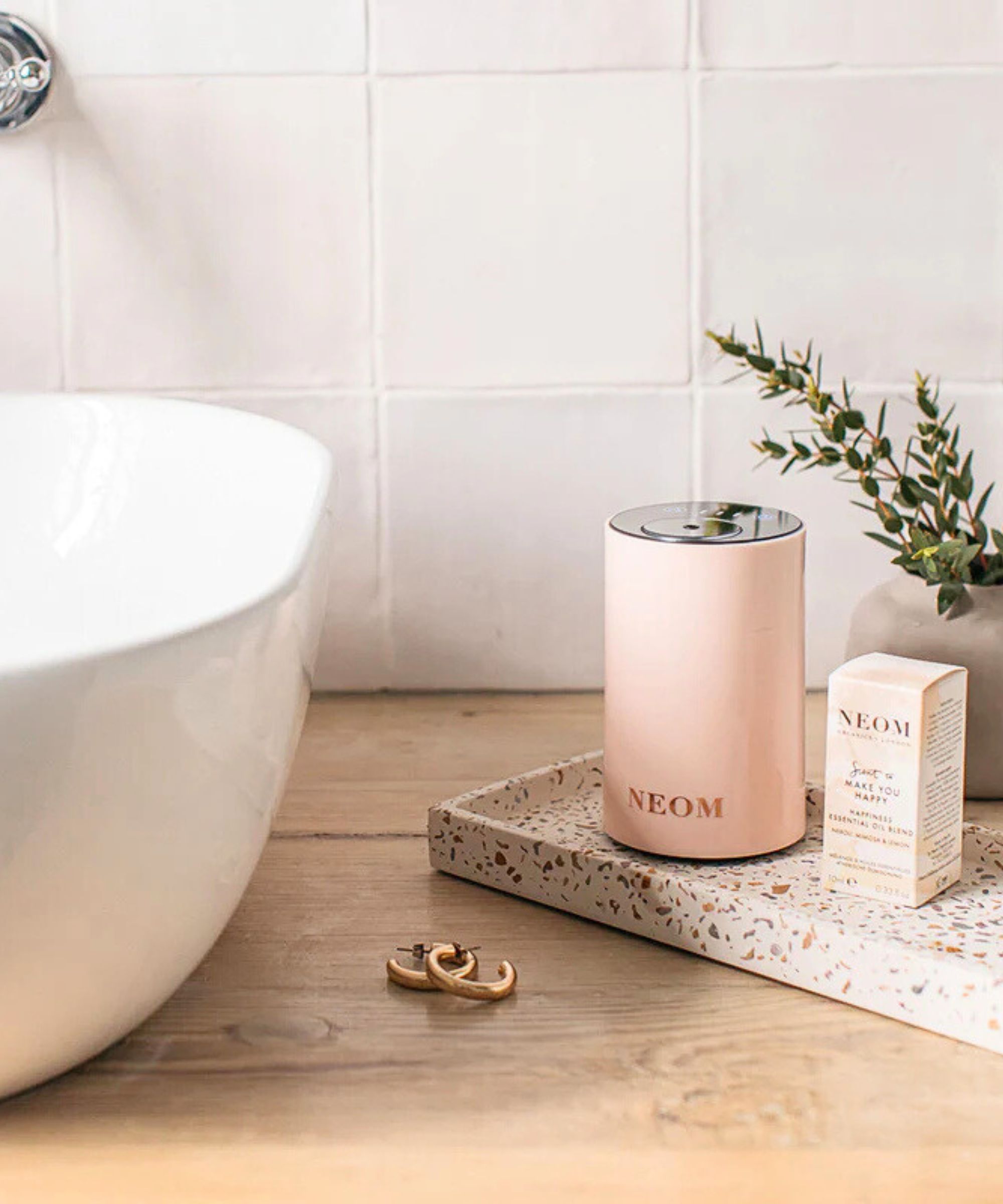
We are all looking for ways to make a home smell nice all the time and scented plug-ins seem to be the perfect solution. However, they are one of the most toxic ways of scenting a space, warns Adria Marshall.
She explains, ‘These products often contain phthalates (linked to hormone disruption) and volatile organic compounds (VOCs) that degrade indoor air quality, causing respiratory issues and headaches. Synthetic fragrances may also include undisclosed chemicals.’
To improve indoor air quality, Adria suggests, ‘Replacing them with natural alternatives, like the best essential oil diffusers with pure, high-quality oils. Another option is DIY room sprays made with water, witch hazel, and essential oils. For passive fragrance, simmer pots with herbs, fruits, and spices or activated charcoal air purifiers for a fresh environment.’
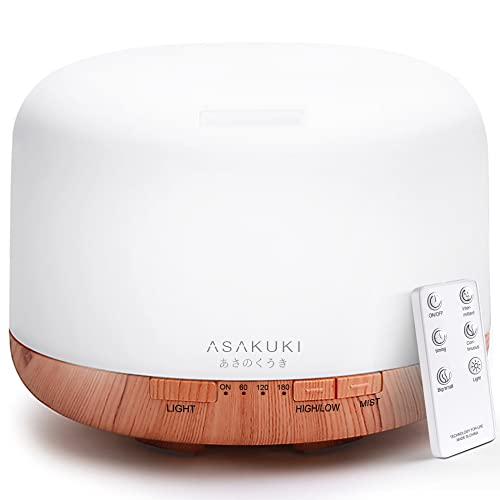
This essential oil diffuser works with many pure essential oils, making it easy to customize your home's signature scent without introducing toxic home scenting.
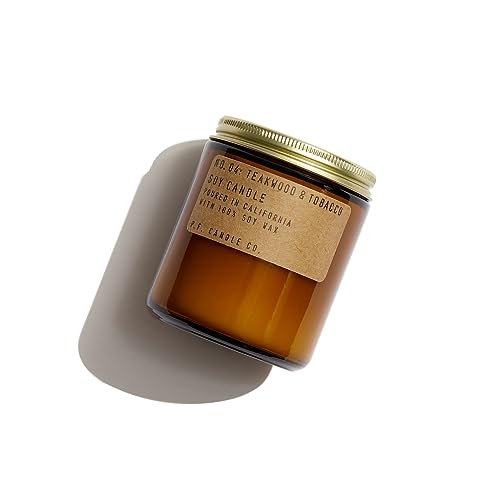
Soy candles burn more cleanly than paraffin wax candles, making them a healthier choice for your home.
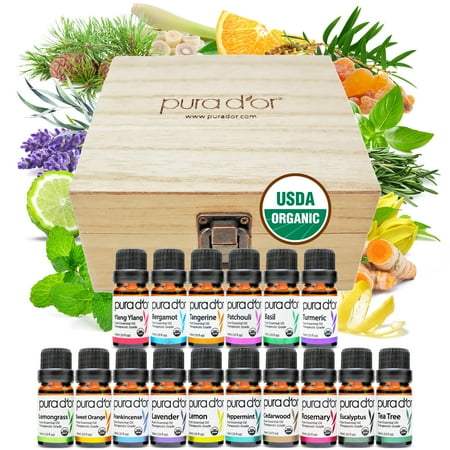
With scents ranging from lavender to tea tree, this complete starter set of essential oils is perfect for those who love to customize their home's scent and mix their own cleaning products.
5. Your mattress
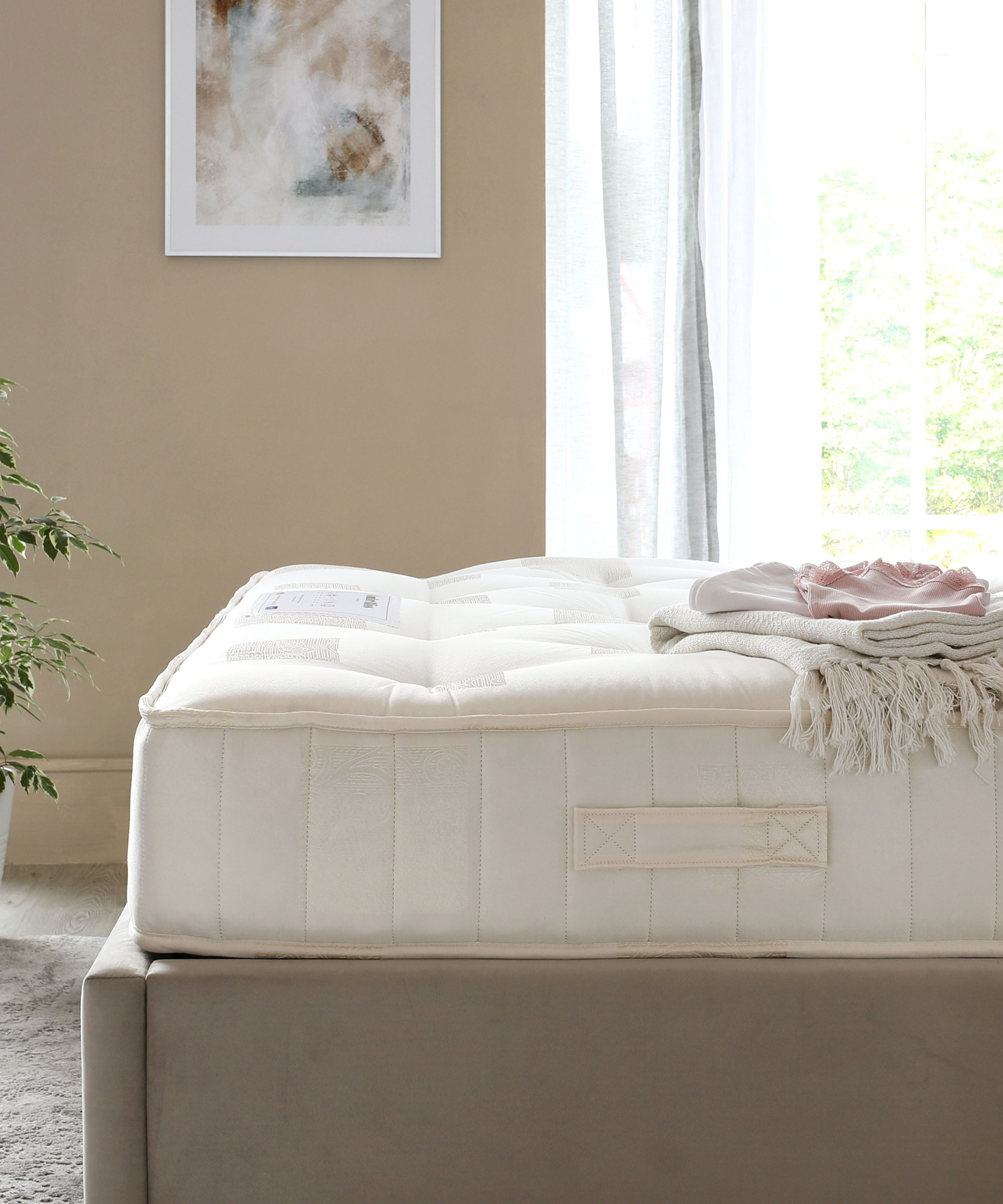
This swap is not as easy to make, but replacing your mattress should be on your radar for a less toxic home, reveals Jennifer Jones, principal designer at Niche Interiors.
Jennifer explains, ‘We spend roughly a third of our lives sleeping, so it makes sense to invest in healthy, non-toxic products for your bedroom. Conventional mattresses are made of polyurethane foam [one of the worst mattress materials] that is treated with toxic flame retardant chemicals that disintegrate over time and release into the air, also known as mattress off-gassing, and are associated with upper respiratory problems and other health issues.
‘Instead, look for the best organic mattresses that are Certified Organic, with no added chemicals, and with transparency of materials used in their products. Opt for all-natural materials such as organic latex, organic cotton and wool, which is inherently flame resistant.’
FAQs
Is going non-toxic at home worth it?
When so many toxic home items are so small, and many of us have been exposed to their use for so long, it can be hard to see the benefits of switching to non-toxic alternatives. Surely they can’t make that big a difference, right?
Wrong. Going non-toxic can instantly improve your health, even if it is not immediately noticeable. Reducing toxic items will reduce your exposure to chemicals, improving hormone balances and leading to better mood, higher energy levels, and mental clarity. It can also improve your respiratory health, reducing allergies and symptoms of existing conditions like asthma.
It is also a great environmental switch, reducing your reliance on long-lasting plastics and reducing your waste.
Now you have decluttered some of the worst toxic items in your home, consider switching to green cleaning to clean your home without harming the planet – or your health.







